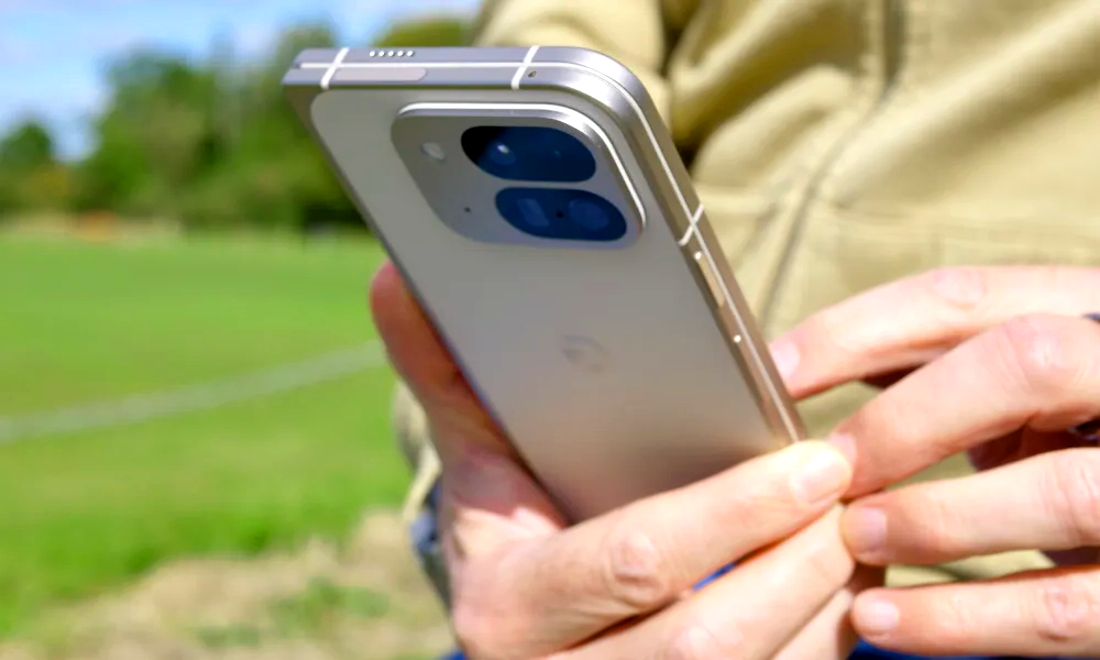Touchscreens could conceal information about our decision-making process. I plan to creat the youtube vedio based on this story,so please divided into scens and provide it detail on images promots espically for each other. to ensure consistaney in the character profile throught thr storyplease use the following structer. Character name,age,gander,hair style,face,discripation,outfit[top, bottom, footware] background discription and action.
University of Alberta scientists
University of Alberta scientists working with the Actions in Complex Environments Laboratory have likely discovered quite an amazing revelation about swipes and taps as these correlate to the ways in which one controls smartphones in judging decision-making. Maybe, in the future, movements of this kind could be used as indicators for recovering from an injury for physicians, making judgments concerning hiring for the hiring manager, even applications on layouts.
Related: The Most Common Issues With iPhone 16 Pro How to Fix Them
It explains that “as decisions require actions to have an effect on the world, movement measures such as from the mouse moving and operating a cursor on the screen contain very important dynamic indices for decision making,” and continues that “touch screens generate richer and deeper results for understanding indecision than computers.”
“We can actually understand a lot of what’s going on inside someone’s head by carefully measuring things outside of it,” said Craig Chapman: an associate professor working on the research, to Phys.org. Participants using an Android Touchscreens smartphone and Android tablet completed timed trials involving making decisions with tapping or swiping to complete tasks focused on what the research calls “reach-decisions,” where several options are then displayed in different areas of the screen.
Touch devices
Touchscreens have more potential to unearth these movement signatures of decision-making, Chapman explained. “But you have to move in a more realistic way, and so you have to interact to reach the final state.” Other findings of the same study state: “high-difficulty decisions had greater latencies than in the case of low-difficulty decisions, greater movement times and trajectory curvature as well.”
Chapman believes this research may be transformative when performed on particular individuals in particular circumstance. For instance, movement data could be useful for understanding recovery and rehabilitation and where people might most benefit from additional training or support, as measures from clinicians and trainers.
Another such situation is evaluations of candidates during hiring, where it would matter to understand how that individual deals with indecision and choice. But in the end, the research also speaks about how this data could “optimize the collection of decision information,” because there are some combinations that, “that are most sensitive for a particular task.”
Related: Will Tesla produce a phone? Elon Musks statements
For instance, app developers could use that to figure out a better way of putting the buttons that are related to purchases or call to action for crucial interfaces to possibly minimize indecision and maximize return. The full-length research paper of the university is available here, which mentions in detail how this differs from other research based on computer and mouse movements only.
